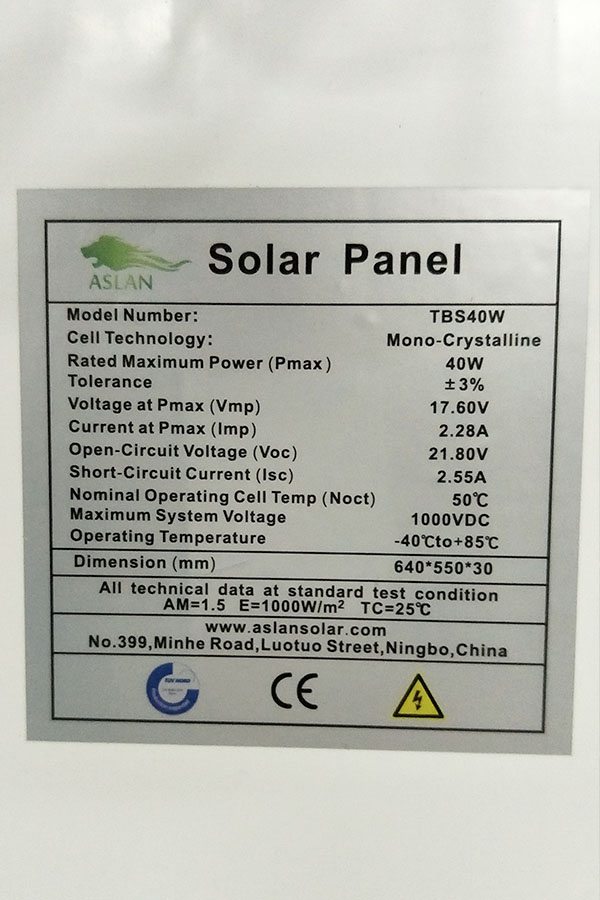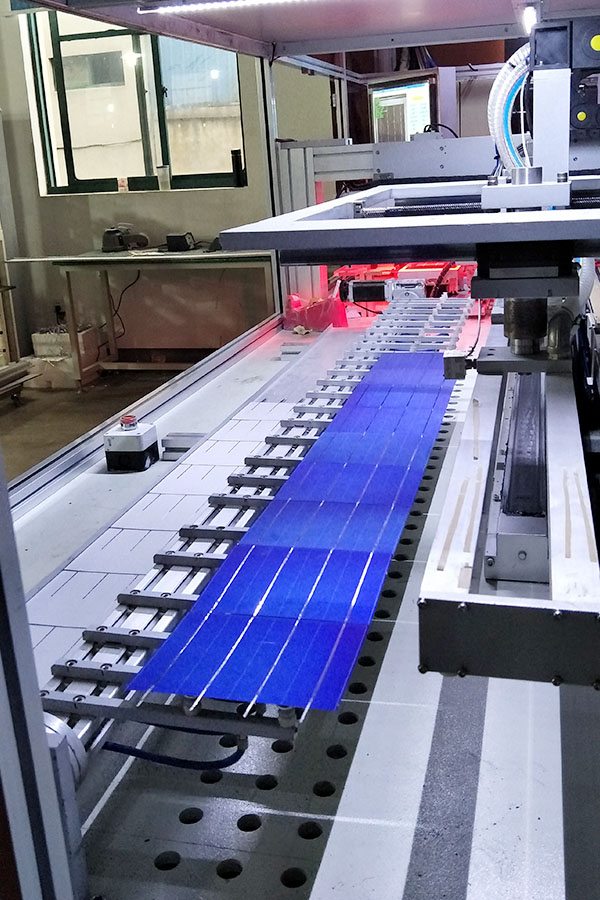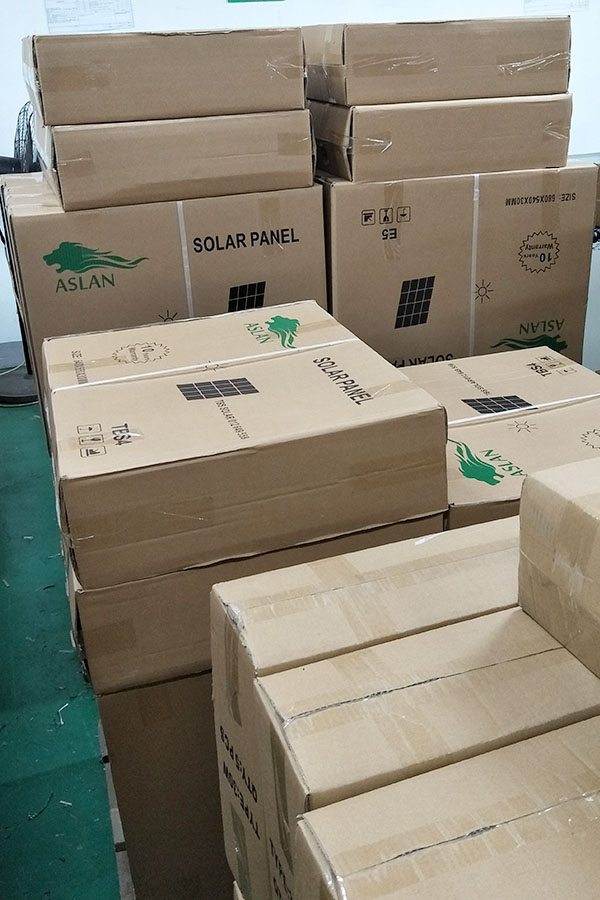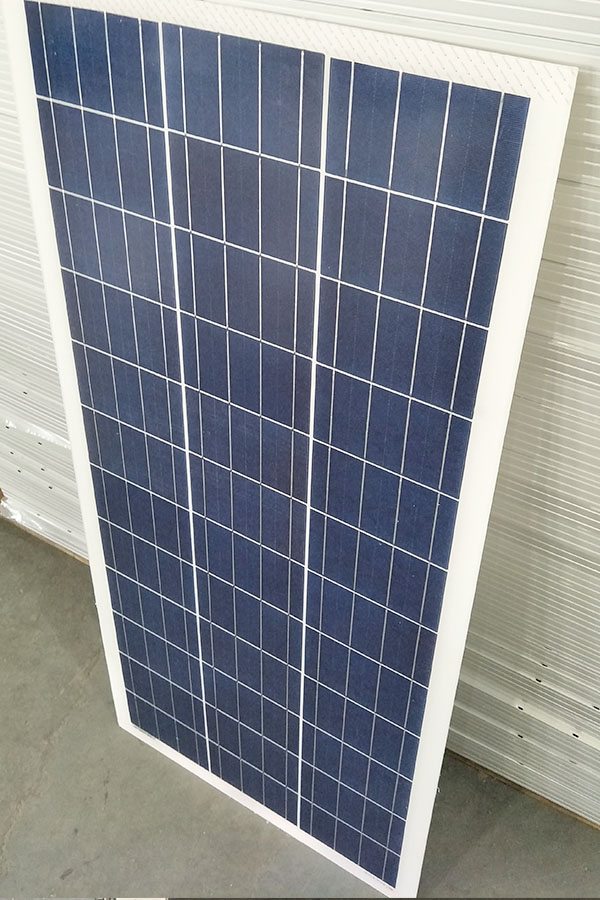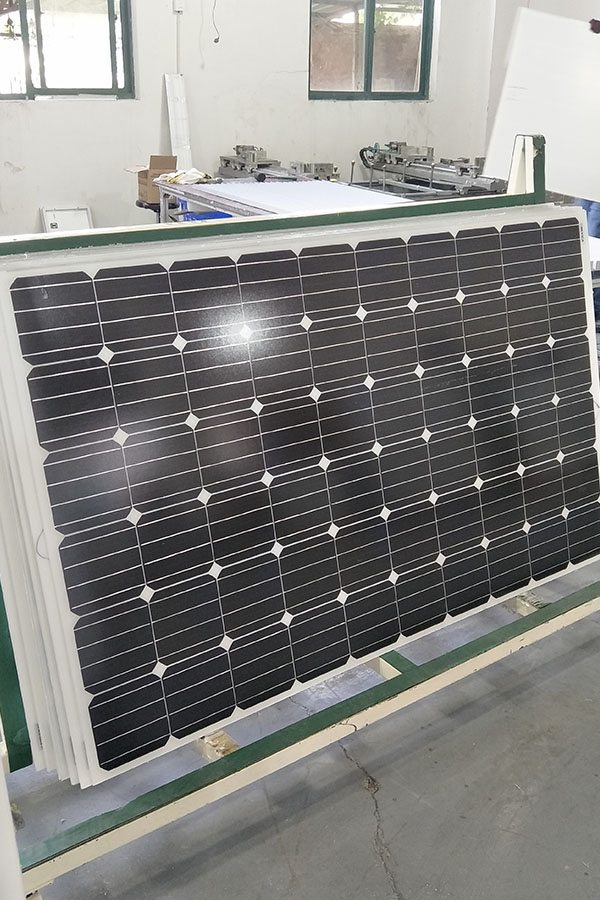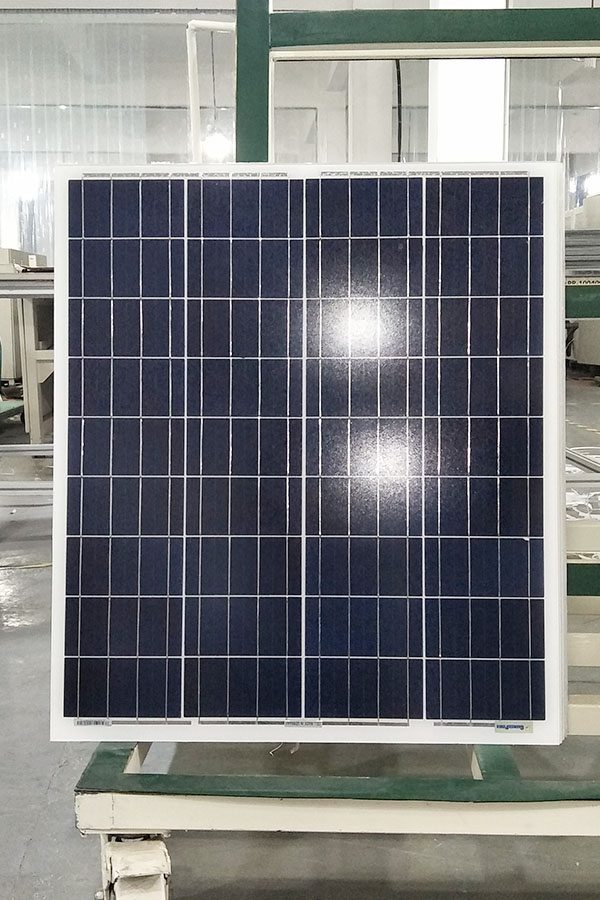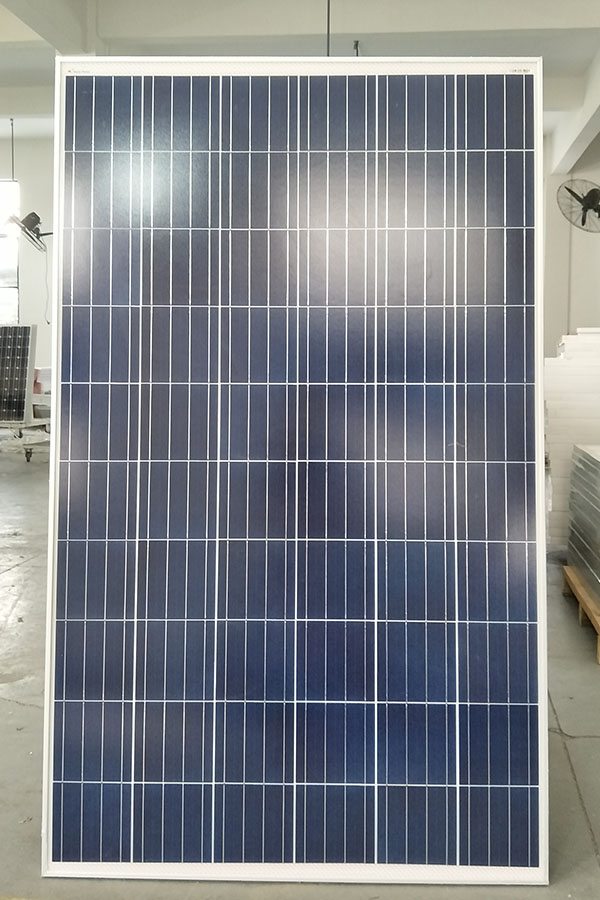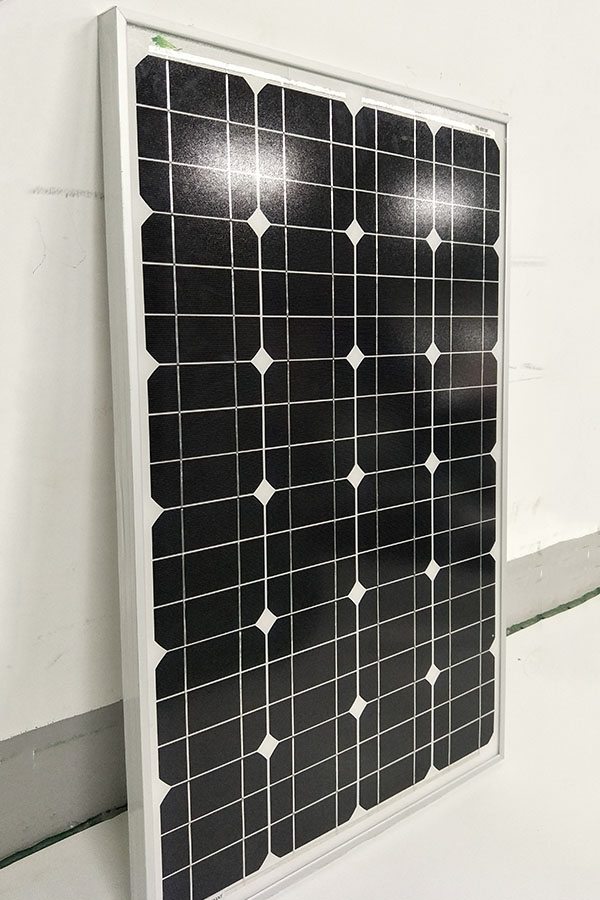12 Years Factory Poly-crystalline Solar Panel 60W Supply to Mumbai
Short Description:
Dedicated to strict quality control and thoughtful customer service, our experienced staff members are always available to discuss your requirements and ensure full customer satisfaction for 12 Years Factory Poly-crystalline Solar Panel 60W Supply to Mumbai, Welcome your visiting and any your inquires,sincerely hope we can have chance to cooperate with you and we can build up long well business relationship with you.
Poly-crystalline Solar Panel 60W
Technical parameter
Maximum Power(W) 60W
Optimum Power Voltage(Vmp) 17.35V
Optimum Operating Current(Imp) 3.46A
Open Circuit Voltage(Voc) 21.16V
Short Circuit Current(Isc) 3.80A
Mechanical Characteristics
Cell Type Poly-crystalline 156 x 65mm
No of Cell 36 (4x9pcs)
Dimensions 678x657x35mm
Weight 5.0Kg
Front Glass 3.5mm,High Transmission, Low Iron,Tempered Glass
Junction box IP65 Rated
Output Cable TUV 1×4.0mm2/UL12AWG,Length:900mm
Temperature and Coefficients
Operating Temperature(°C): -40°C ~ + 85°C
Maximum System Voltage: 600V(UL)/1000V(IEC) DC
Maximum Rated Current Series: 15A
Temperature Coefficients of Pmax: -0.47%
Temperature Coefficients of Voc: -0.389%
Temperature Coefficients of Isc: 0.057%
Nominal Operationg Cell Temperature (NOCT): 47+/-2°C
Materials of solar panel
1).Solar Cell——Poly-crystalline solar cell 156*65mm
2).Front Glass——-3.2mm, high transmission, low iron, tempered glass
3).EVA——-excellent anti-aging EVA
4).TPT——-TPT hot seal made of flame resistance
5).Frame——anodized aluminum profile
6).Junction Box——-IP65 rated, high quality, with diode protection
Superiority: high quality anodized aluminum frame, high efficiency long life, easy installation, strong wind resistance, strong hail resistance.
Features
1. High cell efficiency with quality silicon materials for long term output stability
2. Strictly quality control ensure the stability and reliability, totally 23 QC procedures
3. High transmittance low iron tempered glass with enhanced stiffness and impact resistance
4. Both Poly-crystalline and Mono-crystalline
5. Excellent performance in harsh weather
6. Outstanding electrical performance under high temperature and low irradiance
Quality assurance testing
Thermal cycling test
Thermal shock test
Thermal/Freezing and high humidity cycling test
Electrical isolation test
Hail impact test
Mechanical, wind and twist loading test
Salt mist test
Light and water-exposure test
Moist carbon dioxide/sulphur dioxide
How to charge your battery on ups and solar.
For Any Kind Of Help Contect Me On:
Facebook:
https://www.facebook.com/azeemmahmood007
Facebook PAge:
https://web.facebook.com/MrEngineerpk
/
Twitter:
https://twitter.com/Chaloay62
Instagram:
https://www.instagram.com/azeemmahmood62/?hl=en
Google Plus:
https://plus.google.com/u/1/115364231825793174477
External video cameras on the International Space Station captured the deployment of the Roll Out Solar Array (ROSA) after being removed from the Dragon SpX-11 trunk section and positioned beneath the complex Saturday night. ROSA was successfully deployed at 5:45 UTC on Sunday, June 18 to begin a weeklong demonstration of the array’s structural dynamics, power characteristics and thermal behavior to retire risks for future satellite missions making use of this novel technology that offers a much higher power density than current state-of-the-art rigid solar panels.
ROSA Experiment Overview: http://spaceflight101.com/dragon-spx11/rosa/
ROSA – the Roll Out Solar Array – is a technology demonstration of a promising solar array system for future spacecraft that relies on advanced structures enabling high-power solar arrays that are stronger, lighter and more compact than the current state of technology. This type of flexible solar array is critical for the ever-increasing energy needs of satellite missions as well as deep space exploration ambitions that will rely on solar power at greater distances to the sun.

